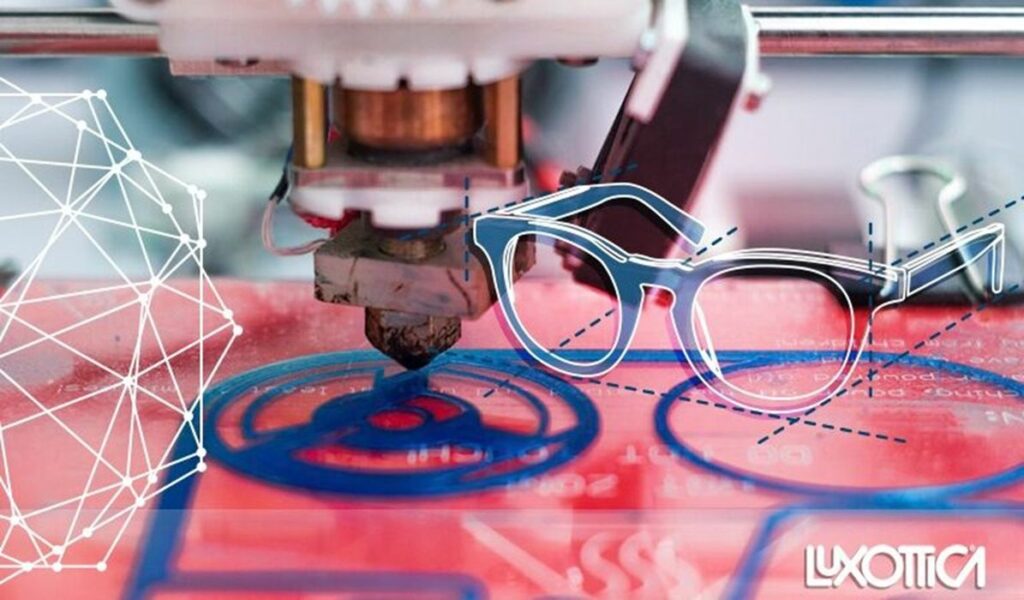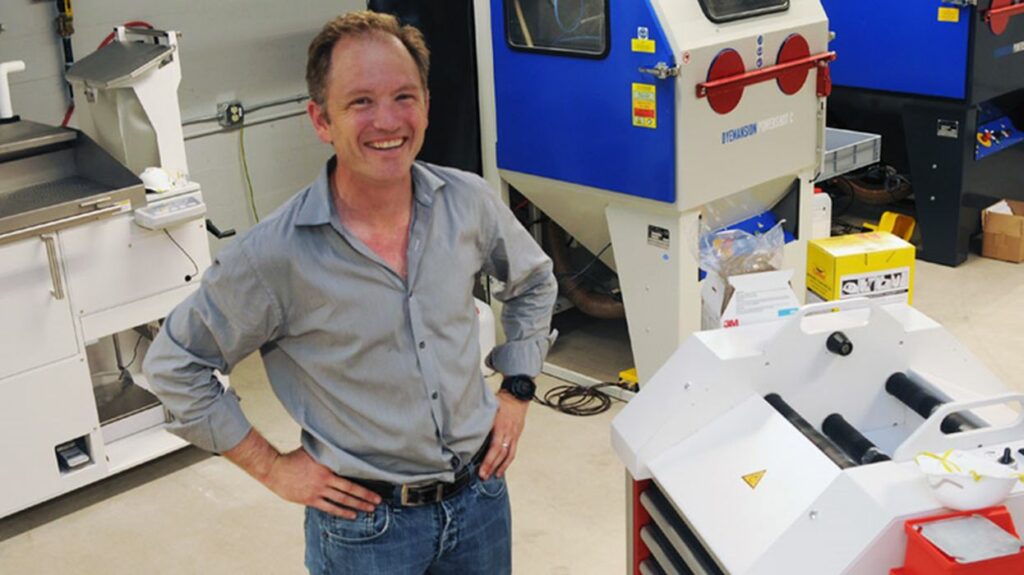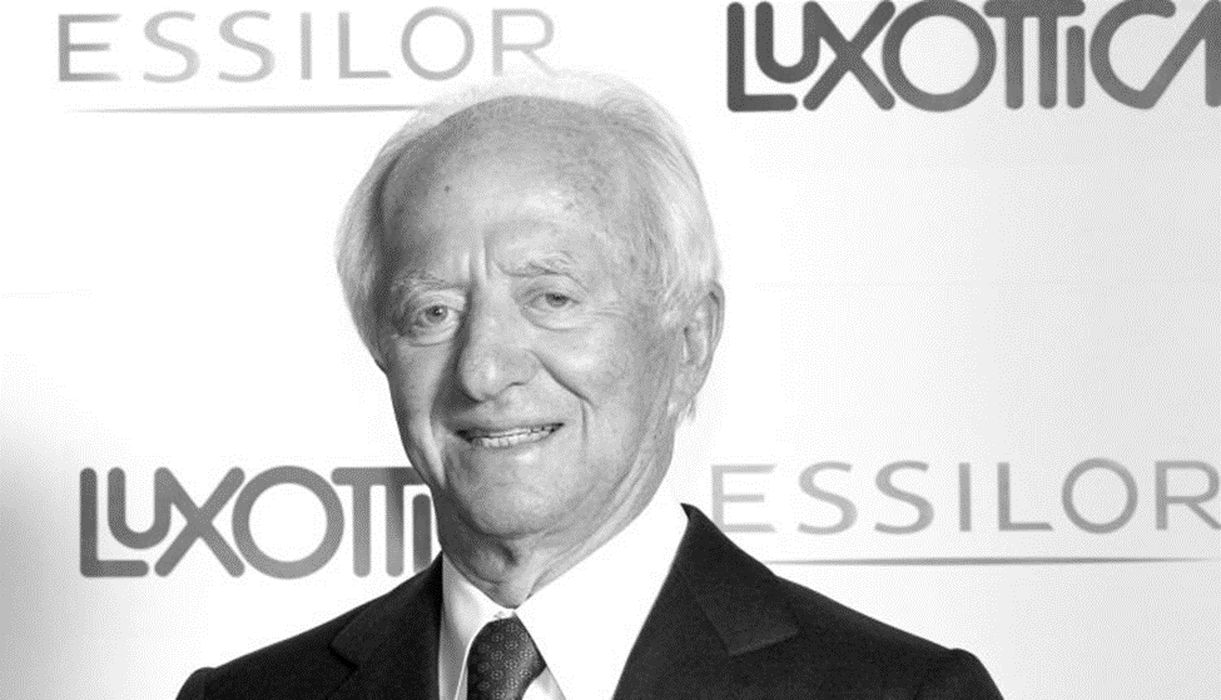
Charles R. Goulding and Preeti Sulibhavi look at how one industry changed and enabled a range of 3D printing applications.
On June 27th, 2022, Leonardo Del Vecchio, founder of the eyewear conglomerate, Luxottica, died at the age of 87. Del Vecchio died in the place of his birth, Milan, Italy with a net worth of US$24.1B, making him the second richest person in Italy. His story becomes even more remarkable by the fact that he was raised in an orphanage and started to work when he was just 14 years old is understood.
Eyewear is a very lucrative industry, and Del Vecchio realized that early on (which is what his empire was built on). There is no substitute for hard work, which is another principle Del Vecchio learned very early on in life. Del Vecchio’s passing is especially notable because of the impact his life and his work have had on eyewear and consequently, on the 3D printing industry.
Luxottica brands include Ray-Ban, Chanel, Coach, BVLGARI, Armani Exchange, and Prada among other well-known fashion houses. Del Vecchio’s diverse brands expanded the industry from strictly curative to luxury, sports, leisure and entertainment applications. At the end of 2020, Luxottica had sales of 7.7 billion Euros and about 80,000 employees.

As an industry leader, Luxottica has been testing 3D printing technologies for over a decade to make the manufacturing process more efficient in the prototyping phase. Since 2011, with the introduction of new materials, the technology has been used to produce certain frame components that support the final product through lost wax casting.
We have previously written about how the eyewear industry has been impacted by 3D printing, including our piece on Fitz Frames. The online eyewear retailer, based in Youngstown, Ohio, integrates 3D printers into its production processes to fabricate customizable and fashionable eyewear for its customers.

We have also covered Marcolin, Luxottica’s Italian competitor, which specializes in high-end haute couture eyewear for fashion houses such as Kenneth Cole, MaxMara, and Longines. But it all comes back to Luxottica, Del Vecchio’s brainchild that helped change eyeglasses from the doctor’s office into fashion accessories we now refer to as eyewear.
The Research & Development Tax Credit
The now permanent Research and Development (R&D) Tax Credit is available for companies developing new or improved products, processes and/or software.
3D printing can help boost a company’s R&D Tax Credits. Wages for technical employees creating, testing and revising 3D printed prototypes can be included as a percentage of eligible time spent for the R&D Tax Credit. Similarly, when used as a method of improving a process, time spent integrating 3D printing hardware and software counts as an eligible activity. Lastly, when used for modeling and preproduction, the costs of filaments consumed during the development process may also be recovered.
Whether it is used for creating and testing prototypes or for final production, 3D printing is a great indicator that R&D Credit eligible activities are taking place. Companies implementing this technology at any point should consider taking advantage of R&D Tax Credits.
Conclusion
Del Vecchio demonstrated that an entire industry could change its focus. The 3D printing industry benefitted immensely from the expanded eyewear market.

